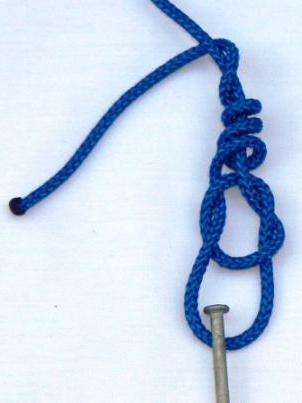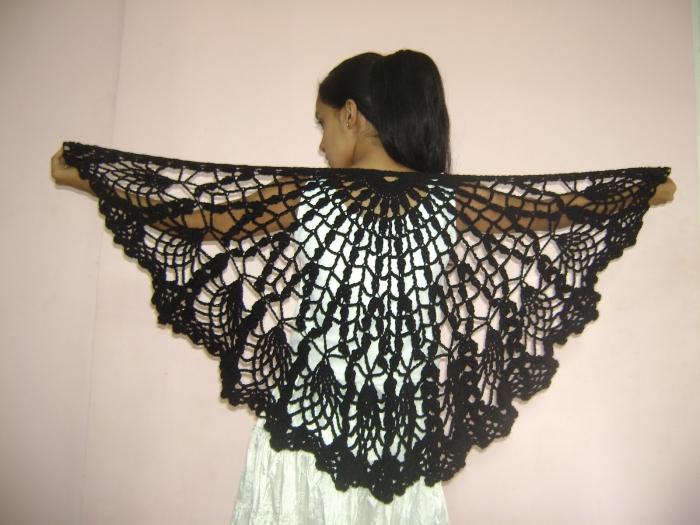How to knit knots. Useful skills
Nodes in everyday human life were usedsince ancient times, since without their application could not do any craft. The knitting of knots by people was applied even before fire appeared in their caves.
Then came the time when the knit knotting skills were attributed to one of the varieties of art, so the ways and secrets of their weaving were passed from father to son.
Discoverers and seafarers were able to injecta special meaning of how to knit knots. Thanks to them, the nodes themselves have acquired a special purpose. After all, from how tightly knotted the knot, the fate of the whole ship depended at times. It was then that many variants of nodes called sea ones appeared. They are used to this day, finding application in a variety of areas.
On how to knit knots and do it right,perhaps everyone should know. Whatever we do, but every day we are engaged in tying them and not once. From them, actually, our day begins. Once in the hands of a man it turned out, what kind of rope, he immediately starts to conduct certain manipulations with his own hands, that is, he starts to do nothing but knit knots.
Tie a tie or laces, fasten somethingwith the help of a rope - these and similar actions we perform on the automatic, without even thinking about the progress of the work done. But for this you need to have practical skills.
Today, quite a lot of different professions, inwhose work applies knit knots. However, practical knitting skills will be useful in any hike and can even help save lives if a critical situation develops.
So, what is a node and what are its constituent elements?
- The bend that forms on the rope is called a loop.
- The end of the rope, through which a loop-running end is formed.
- That part of the rope, around which the running end is traced - the end of the rope.
The node will be considered good if it meets the following requirements:
- Quick knitting
- strength
- easy untying if necessary.
Conditionally knots can be divided into two types: safety - their name speaks for itself and auxiliary ones - these are the nodes that are used in everyday conditions.
With all the variety of knotting, the so-called sea knot has gained the greatest popularity. One of the most successful of his options is a chat room.
If you seriously plan to learn how toknit knots, then you should study it. Having learned to cope with it with the necessary speed and accuracy, in mastering other nodes you will not have to.
The knot is knit in a surprisingly simple way and, whateverstrong was not craving, it will never drag out "tightly", it will not spoil the cable and will not slide along it, it's not at all difficult to untie it when it is required, he will never untie himself.
So, you need to take the root end of the cable lefthand, and the right to wrap the running end around the waist behind you. With the right brush take the running end and, having retreated from its edge of centimeters by ten, clamp it in a fist. With the left hand, take the root end and pull out the arm. Now that the end of your rope is slightly taut at the end, with the right hand brush, in which the running end is clamped, you should bend the root end of the cable from top to bottom to yourself and upwards from yourself. Make sure that the hand does not fall completely into the loop. Then the running end should be wrapped around the tight end to the left and intercept with your right hand, best of all with your thumb and forefinger. While dragging the right hand through the loop, it is necessary to push the running end into the smaller loop at the same time. Now with the right hand brush holding the running end, the left one should be pulled at the root end. The node is ready. After training, you will knit this knot on yourself with your eyes closed and even in the dark.
More detailed instructions and a diagram of how to knit sea knots can be found in the special literature.
By itself, the sea knot is capable not only ofto arouse admiration among those who deal with him, he is considered one of the most ancient and amazing knots that man ever devised. According to the testimony of archaeologists, this knot was known even by the ancient Egyptians and Phoenicians for many years before our era. Englishmen in the technical literature of the sea direction refer to it only as "the king of knots".
</ p>>







